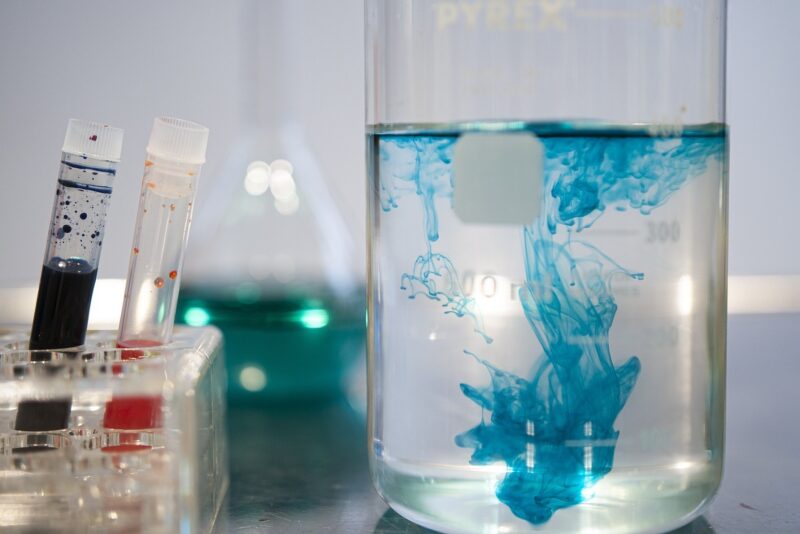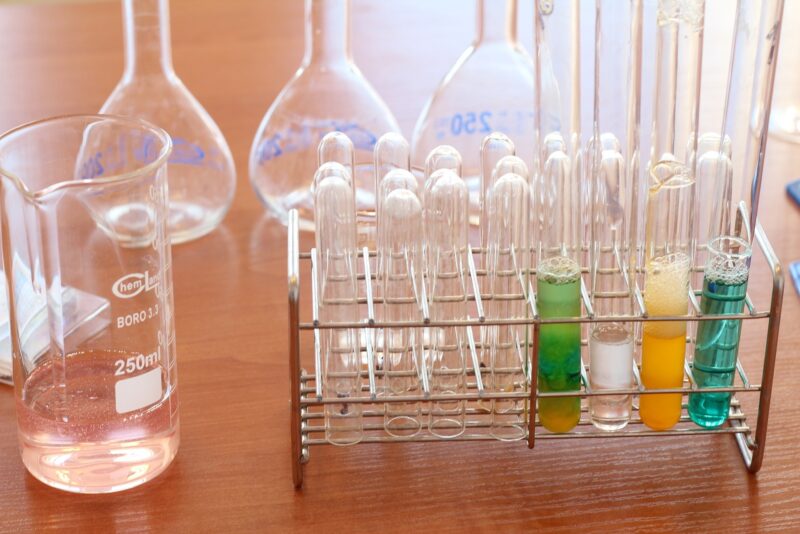Ultimate control over nanoparticle structure, composition, size, and location in supported bimetallic catalysts.
Fundamentals of Catalysis: Ultimate control over nanoparticle structure, composition, size, and location in supported bimetallic catalysts
It is important to acquire detailed fundamental insights into and full control over the structure, composition, size and location of bimetallic nanoparticles on porous support oxides. By bringing different disciplines together that are covered by the project supervisors and project managers of ARC CBBC, we aim to make important steps forward in the synthesis of supported bimetallic nanoparticles for important catalytic reactions, including but not limited to the hydrogenation of CO2.
Many sectors of the chemical industry rely on highly active, selective and stable catalyst materials. Bimetallic catalysts are technologies with a great potential for new applications because of the presence of a second metal which can add a wide range of additional functionalities to the catalytic surface, usually bringing about synergies in catalysis. Such synergies can lead to fundamentally different catalytic performance, which may lead to more products and fewer by-products.
Base metals instead of nobel metals
Such extraordinary performance also allows to partially replace expensive noble metals by base metals. In addition, the concept of bimetallic catalysis allows small amounts of expensive metal to be dispersed at atomic scale in a metallic environment, leading to a more efficient use of that metal.









